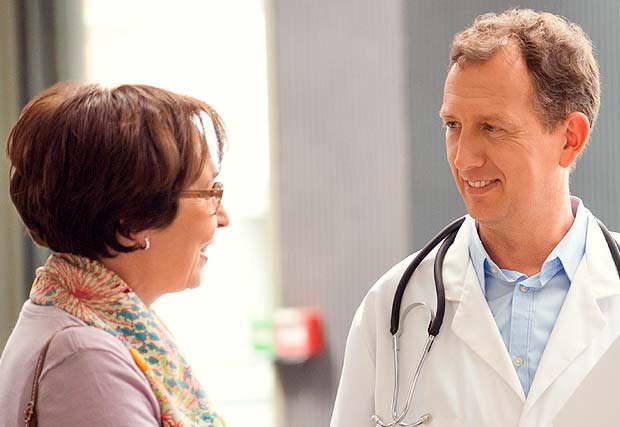Alliance with LifeLink Foundation Promotes Donation Education

Lakewood Ranch Medical Center is proud to be teaming up with LifeLink® Foundation by providing organ and tissue donation education that has the potential to save lives.
Patients waiting for lifesaving organ and tissue transplants rely on the generosity of individuals who have chosen to become organ and tissue donors by registering their decision to donate on their state donor registry. Donor registration in Florida can be achieved by:
- Registering on the state donor registry website
- Registering when renewing or receiving a driver's license or identification card
- Requesting a paper form from LifeLink, completing it and returning it to the address listed on the form.
Donor registration is a legally binding decision that individuals can make for themselves. Recovery organizations work with family members in the event that a donation needs to be carried out on behalf of a donor.
Quick Stats and Facts
- Organs and tissues recovered: kidneys, liver, heart, pancreas, lungs, intestines, bones, skin, heart valves and corneas.
- Waiting list: More than 5,600 Floridians are actively awaiting a kidney, pancreas, heart and/or liver transplant. More than 118,000 Americans are waiting for organ transplants. Thousands could benefit from tissue transplants.
- One donor can potentially benefit 75 people or more.
- LifeLink organ and tissue recovery results: Tens of thousands of organ transplants and hundreds of thousands of tissue transplants have occurred as a result of LifeLink efforts.
About LifeLink
LifeLink Foundation is a nonprofit community service organization dedicated to the recovery of life-saving and life-enhancing organs and tissue for transplantation therapy. The Foundation works in a sensitive, diligent and compassionate manner to facilitate the donation of desperately needed organs and tissue for waiting patients; support research efforts to enhance the available supply of organs and tissue for transplant patients; and improve clinical outcomes of patients post-transplantation.
